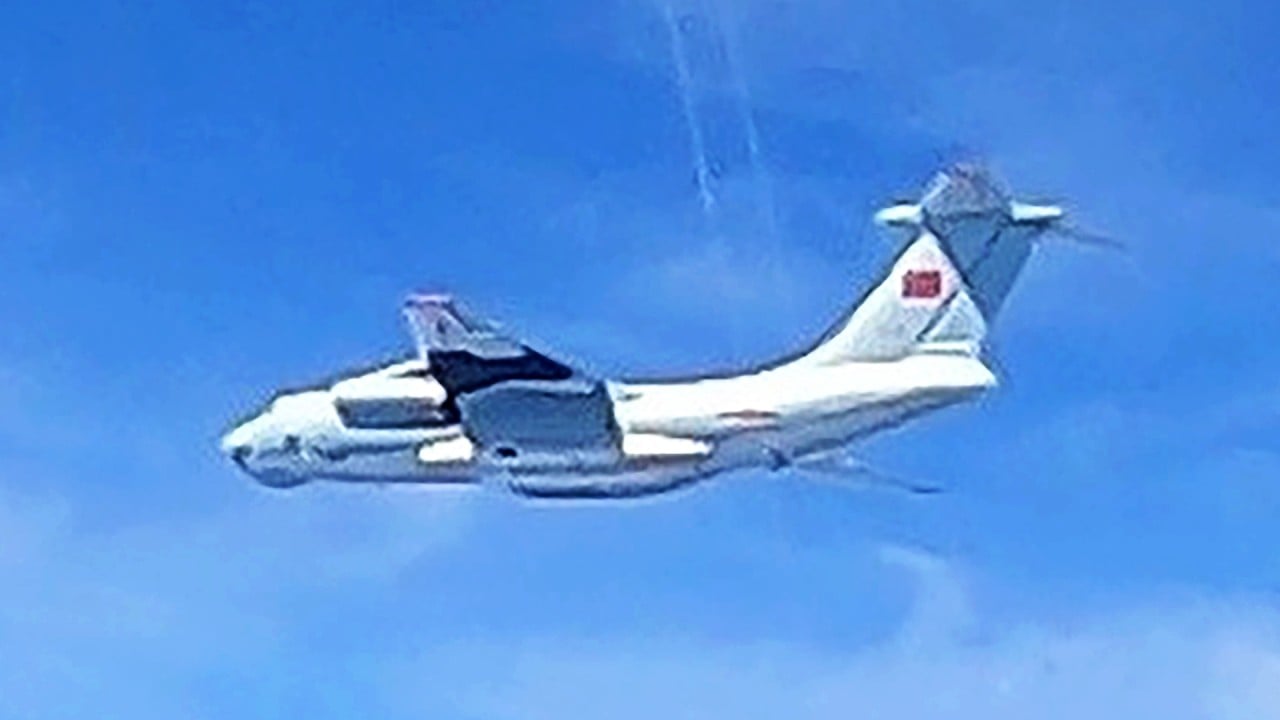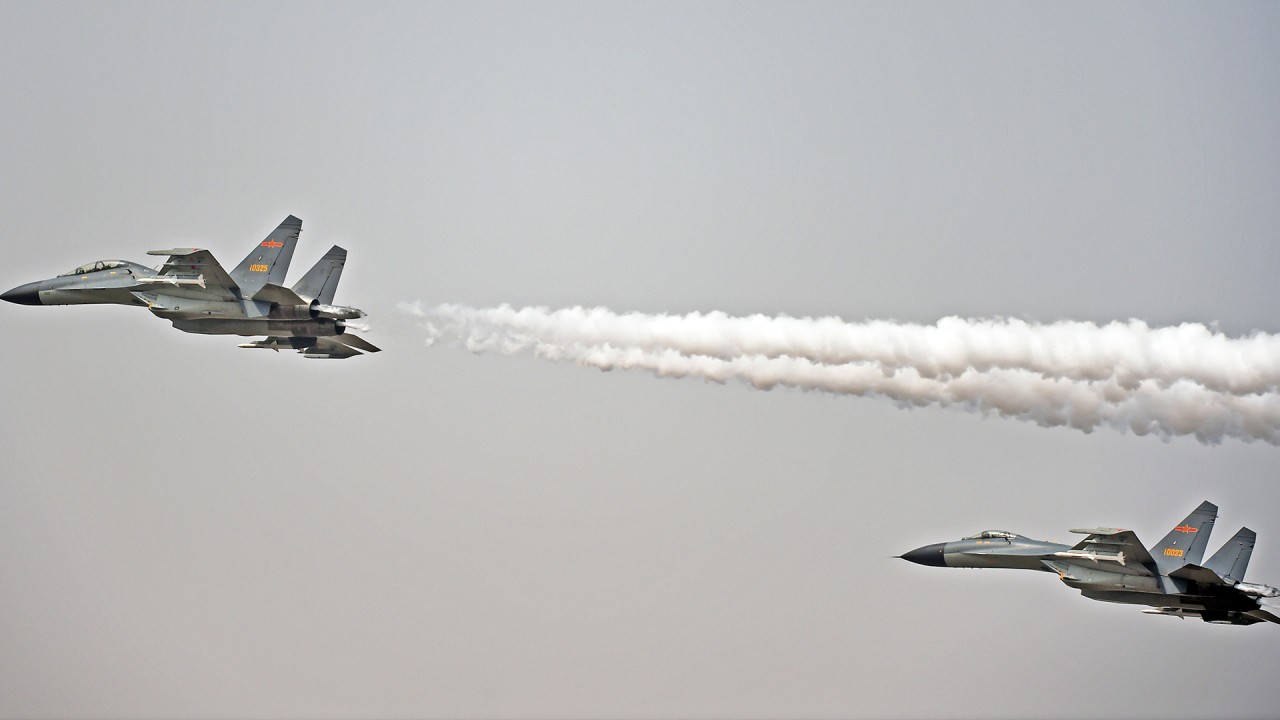
Malaysia’s airspace ‘violation’ row with China highlights confusing military overflight rules
- US unilaterally set a precedent for air defence identification zones. But that doesn’t justify dictating rules, especially with no international pact in place
- In practice, Malaysia is supporting China’s view of what foreign military aircraft can do in airspace under its supervision
US defence officials must be laughing. Malaysia’s complaint against China is similar to China’s complaint against US practice over its near seas. In addition to the irony, there is confusion as to the international rules and practice governing such military overflights.
The Malaysian Air Force said the incident was “a serious threat to national sovereignty and flight safety due to the air traffic density over the airways”. Malaysia’s Foreign Ministry said it would raise the issue at the Asean-China Foreign Ministers’ Meeting in Chongqing on June 7.

01:58
Malaysia to summon Chinese envoy after airspace ‘intrusion’
The Chinese aircraft did not enter Malaysian territorial airspace – far from it – and the planes did not violate any international laws. However, their flight path was perceived by Malaysia as intimidating and their refusal to respond to inquiries and instructions from its air traffic control was considered unfriendly and arrogant.
It might have even been dangerous to other air traffic, although they are usually equipped with their own detection and collision-avoidance devices. Unfortunately, that is normal practice around the world for military aircraft.

01:10
Taiwan says it will forcefully expel Chinese jets next time they cross Taiwan Strait median line
Adding to the confusion is the two overlapping concepts at play – a flight information region (FIR) and an ADIZ. The latter is unilaterally declared airspace in which the identification, location and control of aircraft is undertaken in the interest of its security.
The US established the precedent for an ADIZ and its rules, citing “the legal right of a nation to establish reasonable conditions of entry into its territory”. But being first does not justify dictating the rules for all nations with diverse geography and national security interests, especially in the absence of an international agreement.
China’s ‘Chubby Girl’ military plane at the centre of Malaysia row
Malaysia has not publicly declared an ADIZ in the area, but it does have a flight information region – an area delegated to a particular country by the International Civil Aviation Organization in which it is responsible for the operational control of civil aircraft.
The responsible country is supposed to provide flight information for safe and efficient flow of air traffic. It is focused on civil aircraft, whereas ADIZ regulations usually apply to both military and civil aircraft.
The US objects to China’s ADIZ in the East China Sea – declared by Beijing in November 2013 – on the grounds that it requires aircraft that will be transiting the zone but not intending to enter Chinese airspace to file flight plans with, and identify themselves to, China.

06:24
Explained: the history of China’s territorial disputes
US military aircraft flying in international airspace would presumably not comply with Malaysia’s requests as well. Malaysia is actually supporting China’s view of what foreign military aircraft can and cannot do in airspace under its supervision.
Such a position is consistent with Malaysia requiring prior permission for foreign military exercises in and over its 200-nautical-mile exclusive economic zone (EEZ). Malaysia’s EEZ regime is stricter than that of China, which opposes certain foreign military activities that it thinks violate the UN Convention on the Law of the Sea.
Obviously, the rules for overflight in international airspace of military aircraft are loose, confused and confusing. They need to be sorted out and agreed on, before further international incidents roil the already troubled South China Sea.
Mark J. Valencia is an adjunct senior scholar at the National Institute for South China Sea Studies, Haikou, China

